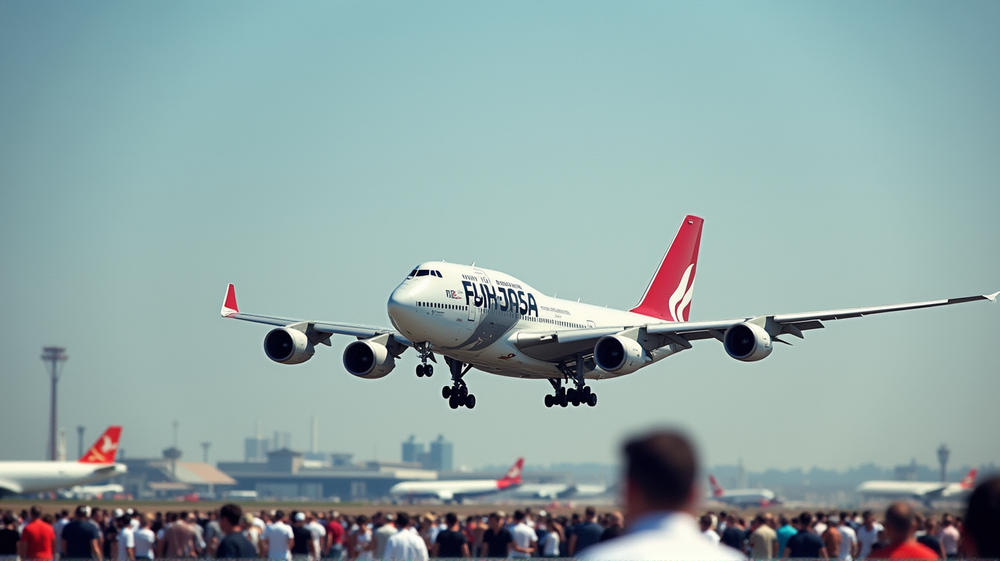The Paris Airshow, typically a showcase of innovation and aviation prowess, took a dramatic turn this year as diplomatic tensions between France and Israel cast a shadow over proceedings. Despite these obstacles, Airbus clinched significant deals, emphasizing its growing influence in the global aviation market.
Diplomatic Storm Clouds
On the event’s opening day, France’s decision to shut down Israeli stands displaying attack weapons triggered a diplomatic storm. Israel condemned the move as unprecedented, adding a layer of political intrigue to the show. Among the bustling aisles and soaring aircraft displays, the Israeli issue loomed large, painting the show with shades of international discord.
Airbus Soars Above Controversy
Amidst this backdrop, Airbus leveraged its home-ground advantage to secure high-profile contracts. Most notable was a landmark deal with Saudi Arabia’s AviLease, who committed to 30 A320neo jets and 10 A350 freighters, marking a pivotal moment for Airbus amidst regional rivalries. Riyadh Air complemented this with a major order for 25 A350-1000 jets, hope-fueled ambitions to rival aviation powerhouses like Dubai and Qatar.
According to Reuters, Saudi Arabia’s aspirations extend beyond mere aircraft acquisition. The kingdom aims to position itself as a formidable aviation hub, unveiling a massive airport project and burgeoning airline ventures as part of its broader economic strategy.
European Alignments Shape the Market
The political ramifications of aerospace dealings were further illustrated by Poland’s LOT airlines. Aligning with Airbus, LOT announced a substantial order of 40 A220s, reinforcing political ties between Warsaw and Paris amidst evolving European alliances. This cooperation underscores a redefinition of defense and aviation partnerships as tensions churn across continents.
Beyond the Skies: Broader Implications
This year’s Paris Airshow highlighted not only the relentless drive for innovation within the aerospace sector but also the intricate web of international politics interwoven with business. As Boeing’s absence due to concurrent priorities echoed in the halls, the shifting dynamics pointed to a broader recalibration of relationships within the industry.
As the airshow concluded under the pall of diplomatic contention and strategic victories, the reverberations of this year’s event are set to influence the aviation world long after the display halls have emptied and the spotlights have dimmed.












